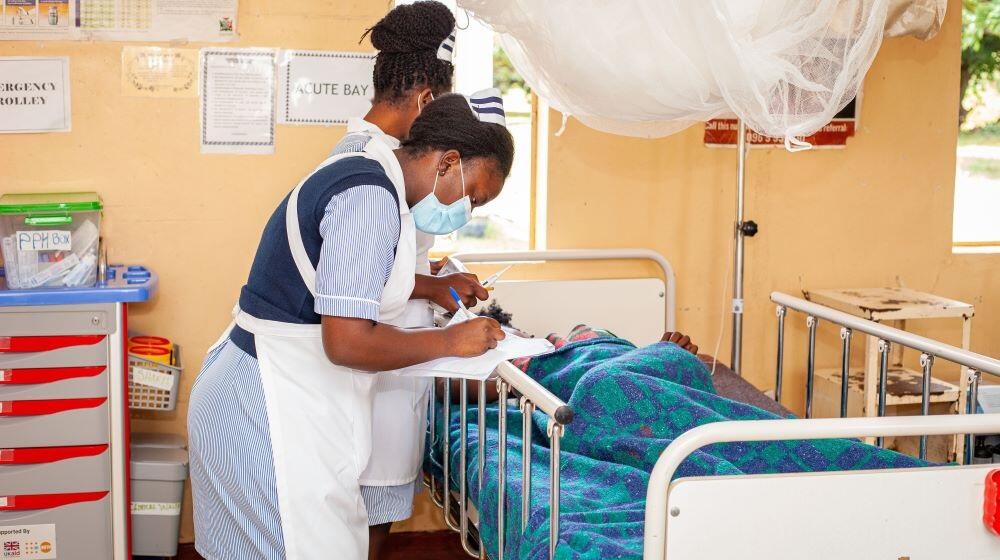The Challenge
Regular and timely monitoring of maternal and fetal wellbeing during labor is essential to prevent prolonged and obstructed labor, as well as reduce maternal and fetal mortality and morbidity. For over two decades, the paper partograph has been used globally as a tool to improve the documentation of intrapartum maternal and fetal measurements, identify abnormalities, and inform appropriate labor management.
However, the routine use of the paper partograph in resource-constrained settings remains low and inconsistent, with Partographs often completed retrospectively for recordkeeping purposes only
The Solution and How it Works
To address documented challenges in the use of paper Partographs, UNFPA Zambia in collaboration with the UN Clinic in Zambia, invested in the development of an electronic Partograph (ePartograph), which is a phone-based application used to improve care for women in labor.
The ePartograph is designed to mimic the flow of the paper Partograph and aims to provide real-time decision support, improve data entry, and increase access to information for appropriate labor management. The ePartograph has 3 stages: Registration of patient information; monitoring of the patient in terms of periodic data entry of key health metrics; and assessment of the patient’s condition. The third stage uses established rules recommended by WHO on the management of pregnancy and childbirth complications.


